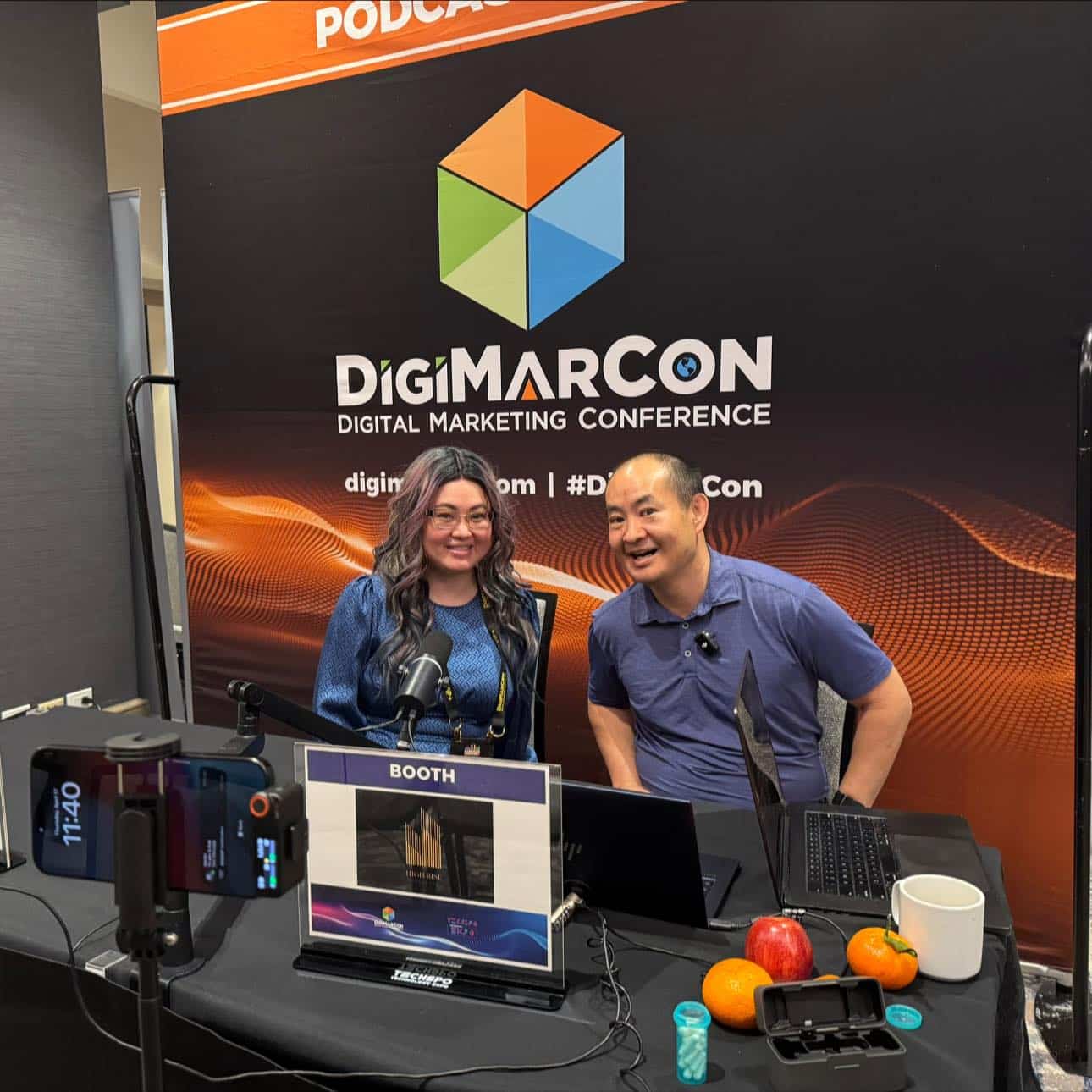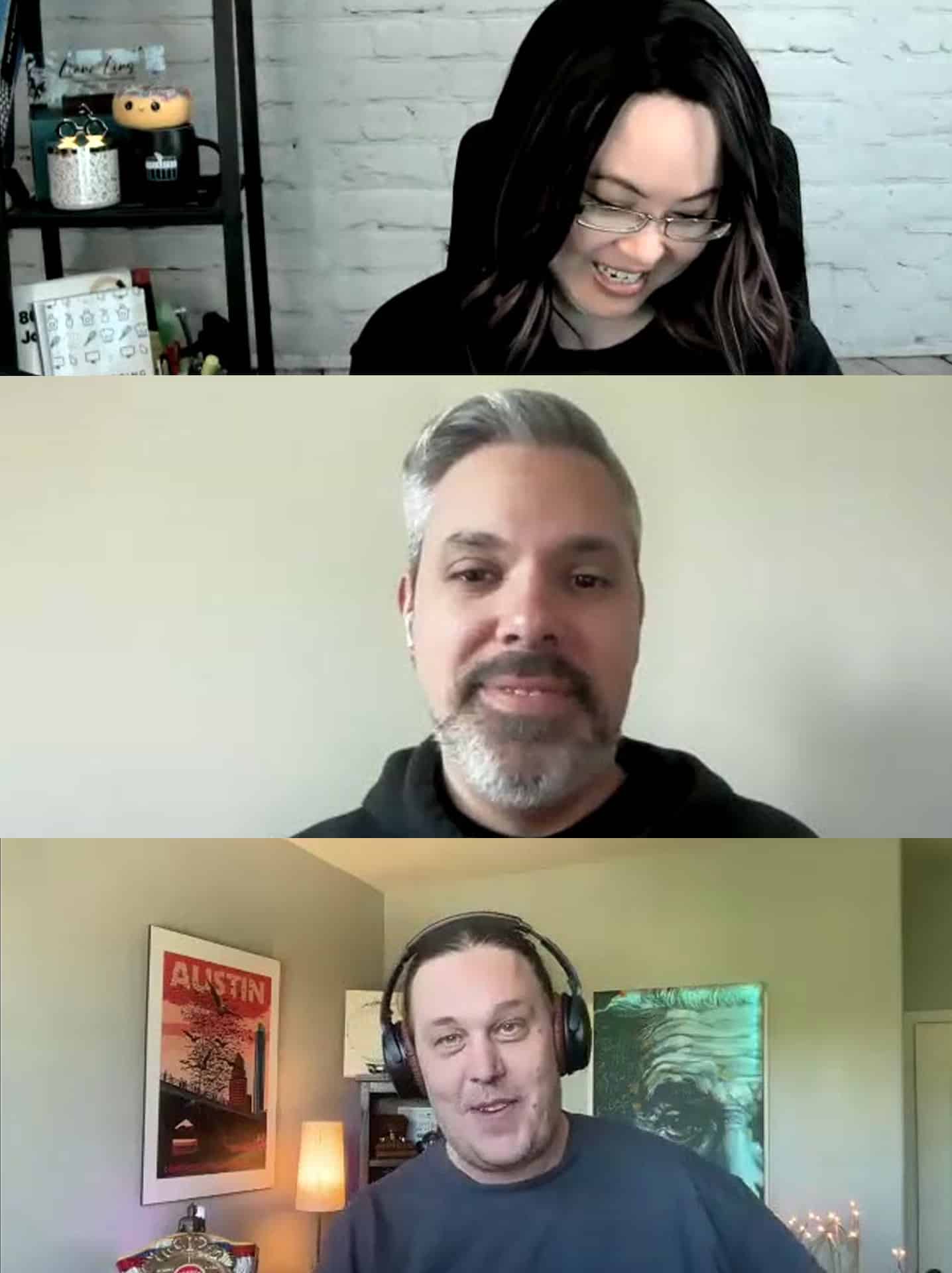Yes, we’re facing challenges in understanding our target audience’s needs and preferences, but we’re not giving up. We’re using surveys to pinpoint specific pain points, crafting detailed buyer personas, and tailoring our messages to align with our audience’s motivations. Through engaging in customer interviews and analyzing trends, we’re gaining deeper insights. We’ve also embraced social listening and audience segmentation to better cater to distinct preferences, ensuring our strategies are informed and targeted. Each step brings us closer to grasping what our audience truly desires. Stick with us, and we’ll reveal the secrets to connecting with your audience like never before.
Target Audience Key Takeaways
- Conduct surveys and customer interviews to gain direct insights into audience needs.
- Utilize social listening to monitor real-time conversations and understand audience sentiments.
- Analyze customer feedback systematically to uncover valuable insights and identify needs.
- Implement audience segmentation to categorize based on demographics and behavior for personalized connections.
- Keep tabs on market trends and competitor activities to stay informed about audience interests.
Recognizing Common Challenges
One of the first hurdles we need to clear is understanding the common challenges our audience faces. Identifying pain points isn’t just about guessing; it’s about diving deep into what really bothers our customers. We’ve found that conducting surveys is a fantastic way to get firsthand insights. It’s like having a direct line to what’s on their minds. Then there’s creating buyer personas, which is like drawing a detailed map of who our audience is. This isn’t just about demographics; it’s about getting to the heart of their motivations. What drives them? What keeps them up at night? Understanding motivations is key to crafting messages that resonate. We also keep a close eye on analyzing trends. This isn’t about jumping on every bandwagon. Instead, it’s about seeing how shifts in the market reflect back on what our audience cares about. Are new problems emerging? Are old solutions becoming outdated? Together, these strategies help us not just hear but truly understand our audience. It’s not rocket science, but it does take commitment. And the payoff? It’s knowing we’re not just shouting into the void but speaking directly to the hearts and minds of those we aim to serve.Leveraging Market Research
Having established how important it is to understand our audience’s challenges, we now proceed to market research to gather the concrete data that will inform our strategies. Conducting surveys is our first step. It’s straightforward and gives us direct insights into what our audience thinks and needs. We’re not just throwing questions out there; we’re asking with intention, aiming to uncover deep truths about their preferences and pain points. Next, we immerse ourselves in customer interviews. This is where we get the gold. It’s a chance to hear firsthand the stories and experiences that shape their decisions. We’re not just listening; we’re engaging, asking follow-up questions that dig deeper into the why behind their actions. Competitive analysis also plays a key role. We’re not just looking at what our competitors are doing right; we’re pinpointing where they’re missing the mark and finding opportunities to stand out. It’s about understanding the landscape we’re playing in. Then, it’s all about data analysis and trend analysis. We’re not just collecting data; we’re slicing and dicing it, looking for patterns, trends, and insights that can guide our next moves. It’s these insights that help us craft strategies that resonate, connect, and ultimately, convert.Analyzing Customer Feedback
Now, let’s dive into analyzing customer feedback, an essential step that gets us closer to truly understanding what our audience desires and fears. We’re on a mission to peel back the layers of our target audience’s needs and preferences, and feedback analysis is our golden ticket. It’s not just about collecting responses; it’s about exploring deeply into what our customers are telling us, reading between the lines to uncover valuable customer insights. By systematically breaking down the feedback, we’re gaining a clearer, more detailed picture of preference understanding. This process isn’t just enlightening; it’s transformative. It shifts our perspective from guessing games to needs identification, grounded in real, tangible evidence. We’ve learned that the key to discovering the secrets of our target audience lies in the very feedback they provide. It’s a treasure trove of information, waiting to be explored. Through diligent analysis, we’re not just listening; we’re understanding. And with this understanding comes the power to meet our audience exactly where they are, with solutions that resonate on a deeper level. It’s about building bridges, creating connections, and ultimately, fostering a sense of trust and loyalty that’s based on genuine understanding.Embracing Social Listening
Let’s dive deeper into understanding our audience by embracing social listening, a powerful tool that uncovers real-time conversations and sentiments. By tuning into social media, we’re not just guessing what our audience wants; we’re hearing it straight from them. This approach gives us invaluable consumer insights that can dramatically shift our strategies. It’s all about paying attention to the buzz around our brand and industry. We’re looking for mentions, hashtags, and the general chatter that surrounds our products or services. This isn’t just about boosting brand awareness; it’s a strategic move to stay one step ahead. Through social listening, we also get a peek into our competitor’s backyard. Competitor analysis through social chatter gives us a clearer picture of where we stand in the market and where there’s room for improvement. It’s like having a direct line to the market’s pulse without the filter of surveys or studies.Implementing Audience Segmentation
After mastering social listening, we’re ready to tackle audience segmentation, a technique that sharpens our focus on specific groups within our market. This step is vital in refining our targeting strategy and ensuring we’re not just throwing messages into the void but directing them to those who will find them most relevant. Here’s how we dive deeper:- Customer profiling: We categorize our audience based on demographics, behavior, and preferences. This isn’t just about who they are, but how they interact with our brand.
- Segmentation tactics: We use data-driven approaches to divide our market into manageable segments. It’s not one-size-fits-all; different groups require tailored messages.
- Audience insights: By analyzing the data, we uncover patterns and trends. This isn’t guesswork; it’s about understanding the real needs and preferences of our audience.
- Preference analysis: We look at what each segment truly values, adjusting our strategy to meet them where they are.





0 Comments